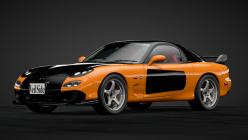If you’ve never heard of electronic throttle control, your vehicle may be equipped with one without you knowing. But what exactly is electronic throttle control? What does it do to your car? What does it do for you? How does it work?
Get all the info you need to know about electronic throttle controls right in this article from Philkotse.com:
1. What is electronic throttle control?
There are a lot of complicated systems that work together to make our vehicles run. Most people don’t always know how they work. But having little knowledge about it can help in troubleshooting the vehicle in the future.
The electronic throttle control system is a technology used in vehicles. It connects the accelerator pedal to your vehicle’s throttle. In short, this replaces the typical mechanical linkage. This system is also recognized as an ETC.
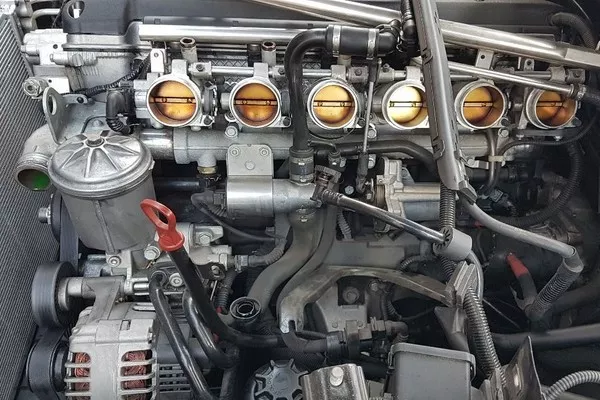
The electronic throttle control system connects the accelerator pedal to your vehicle’s throttle
Electronic Throttle Controls are usually composed of three main components. The first one is the accelerator pedal module. Good quality ones come with two (sometimes more) independent sensors.
The second part is the throttle valve. This is the part that opens up and closes according to the motor, also sometimes referred to as the electronic throttle body or ETB.
Lastly, there’s the engine control module or powertrain, also called the PCM or ECM. This is a kind of electronic control unit or ECU, an embedded system that employs software in detecting the throttle position. It uses the data from other sensors in the vehicles.
This could include the engine speed sensor and the cruise control switches. You can also count in the accelerator pedal position and the vehicle speed sensor.
With this system, there is no direct cable connecting the pedal to your vehicle’s throttle. That’s why electronic throttle control systems are often referred to as drive-by-wire.
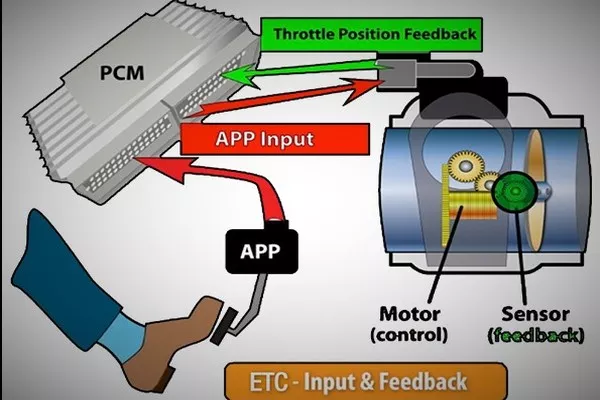
Electronic Throttle Controls are usually composed of three main components
2. Before electronic throttle control
Most vehicles that were manufactured until the late 1980s had a straightforward throttle control. You simply stepped on the vehicle’s accelerator pedal then the throttle opens.
The air flows into the engine and mixes with gasoline. After that, it’s burned and that burning gas powers the wheels so you can drive it. If you want to go faster, just press on harder on the accelerator. This would open the throttle wider and give the car more power. But with ETC, the process is a wee bit different.
3. What happens when you drive a car with ETC?
Electronic throttle control or drive by wire makes use of electronic signals. This is in comparison to how mechanical systems worked back in the days. How does this work? Well, when you stepped on the vehicle’s gas pedal, instead of an open throttle, you activate the pedal module.
With this, the pressure placed against the pedal turns into electric signals. This signal is then directed to the electric control unit. The ECU takes inputs into consideration and gathers other variables.
With that information in mind, the throttle is opened for optimum performance and efficiency. We won’t go further into detail because the process is definitely a complex one.
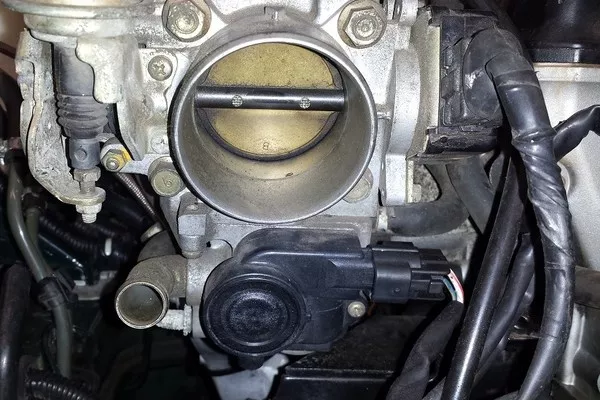
The process of how ETC work is definitely a complex one
>>> Related: Must-know tips to clean air throttle body & idle air control valve properly
4. What does the electronic throttle control have to offer?
In terms of efficiency and performance, electronic throttle control provides lots of benefits. Here is a more in-depth discussion of the advantages it provides:
Electronic throttle control definitely adds complications to how a vehicle works. But it also gives the user a bunch of helpful benefits. First of all, there’s the promise of decreased maintenance. Unlike mechanical throttle systems, electronic throttle control systems are made with less moving parts.
That means there are fewer parts that are subjected to wearing out. This is thanks to the electronic throttle control system sending electric signals via impulses. Moving parts aren’t as necessary in this process compared to the old mechanical system.
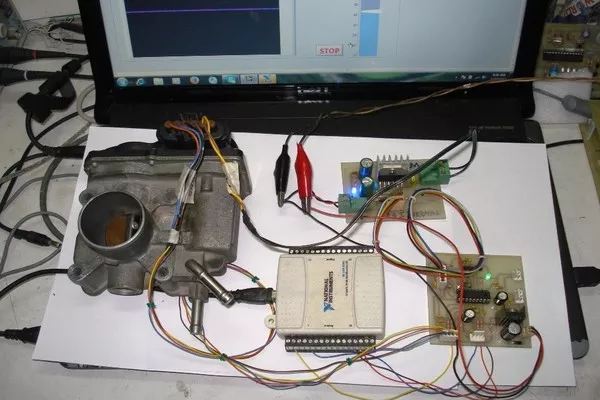
In terms of efficiency and performance, electronic throttle control provides lots of benefits
On top of that, electronic throttle control systems also provide safety advantages. This is compared to the old mechanical system. In these outdated systems, the throttle depends on the driver’s input. He will be the one to decide whether how far open or closed the throttle should be.
In systems with electronic throttle control systems, the ECU reads not only the driver’s input. It also takes into consideration other factors like if the wheels are slipping.
It will also take the brakes, steering system and other factors to correct the car’s direction and speed. In addition to that, electronic throttle control systems are also a key component vital in cruise control systems.
>>> Related: A summarized guide to all of your car parts & functions
5. The electronic throttle control issue
Just like almost anything else out there, ETC is far from perfect. In fact, it even receives its fair share of criticisms. At the start of 2009, the system made headlines from Toyota’s large-scale recall.
This was due to the supposed acceleration problems exhibited by their units that had the ETC feature. It was reported by users that the vehicle suddenly surged forward while they were driving. According to some of these drivers, the cause may be electromagnetic interference.
This was later backed by automotive engineering experts, stating that this could have come from power lines, cell phones, and the likes. Electromagnetic interference was believed to short circuit the ETC. This was seen as the cause of the unintended acceleration.
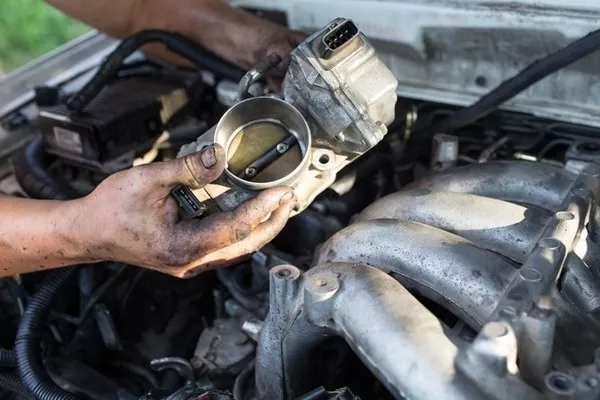
Just like almost anything else out there, ETC is far from perfect
>>> Related: 7 common reasons why your car is losing power during acceleration
While short circuits can have the capability to open throttles and rev engines, this was debunked by experts. They say that that wouldn’t be the case since the systems are insulated enough. This means the electromagnetic interference from outside is prevented from ruining the system.


